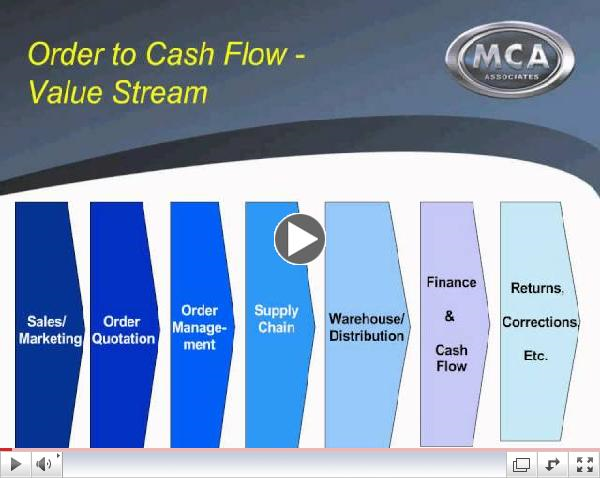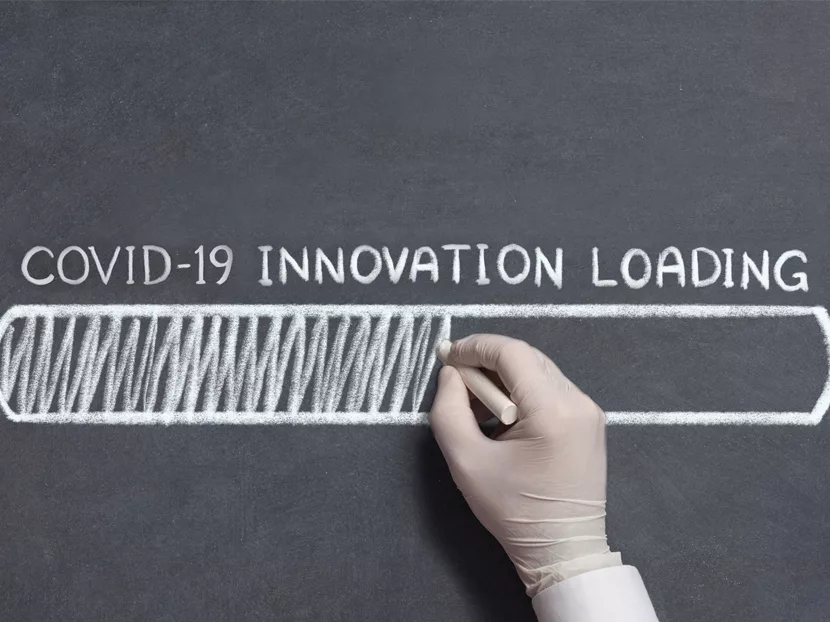It’s been a terrible few months as COVID-19 has ruled our businesses day and night. We’ve also had concerns for families, friends and co-workers. But, as is often said, “This, too, shall pass.” But not quickly enough for all of us, I’m sure. I sincerely do hope you all pass through this with minimal damage.
So now we seem to be back in this loop of calling for innovation and transformation — new business models to meet the “new normal” — not that it hasn’t been called for before. For me, there are echoes of 10+ years ago — post-Great Recession. But I do have to admit there are some differences, particularly on the technology offerings side. I also agree with what is often stated: “One thing we can count on is change.”
Whether it is technology or change, they are not any different than what historically our previous experiences have been.
Currently, there is much being written and presented, primarily through webinar offerings, about transformational leadership in what seems to be an insatiable desire for a coherent vision. Actually, it’s long been a topic of editorial comment; the pandemic has only served to heighten the frequency.
These webinars promise a presentation of various thought-process exercises that encourage participants to think differently about what is needed in their companies to “break the mold” and ultimately stand out from their competition. I suggest that it only goes so far; unfortunately, being discussed at a 35,000-foot-level, an “aspirational level.”
At some level, I do applaud those efforts and I don’t want to sound too harsh, but it has sometimes come across as “keynote” content. In other words, not enough granular detail. Where in your company should you be innovating?
About three or four years ago, I wrote about the dangers of expecting company leaders to go back to their respective companies after attending some rah-rah aspirational session and develop innovations and a transformative approach.

Make or Break Time
It’s always good to reflect on history. For instance, an Aberdeen Group study, published soon after the Great Recession and as the economy began to recover, described the significant reductions in discretionary spending, deferred projects and capital spending and, of course, the elimination of jobs or the decrease in work hours. Similar actions were taken during this current crisis.
So, what happens this time around, as we go back to work — to some version of normal? Frankly, for those organizations that did little since the last crisis in the way of differentiating improvements in business processes, technology, organizational structure, etc., it may be “make or break time.”
This is particularly true for smaller- and mid-sized companies. SMB’s have the distinct disadvantage of having fewer financial, human and other resources. Smaller organizations must make smarter, precise but practical decisions with their available resources.
Several activities within your “total value stream” (see graph) may be involved. Surely, there’s a long list of things to think about — right now — as we emerge from this crisis, including these more granular considerations (those functionalities) within your value stream.
The question becomes, do the participants recognize the need for change and innovation? How will they bring about that change and innovation? What’s the internal process? Who will lead the effort? Do we have the right leadership?
Of course, we all know that many participants in these innovation-leadership conferences come back to their businesses either ultimately unwilling or unable to execute change or innovation. After all the rah-rah about thinking differently about their businesses, preparing for the future, elevating, empowering and inspiring those around them to do extraordinary and innovative things, the implementation falls flat.
It’s a depressing thought that, at best, the time and dollars invested may only pay off in mixed results.
The Approach
This is what often these change and innovation conferences completely miss. They are just not structured that way. They are tuned to give you some “cool tools” to develop a business-change thought process as it relates to your business, then sends you off with an emotional reaction (excitement). The expectation is that you will implement these tools before your rational mind can engage — to kick in a new behavior for actions in the future.
It’s an ambitious menu! Your innovation efforts, though, (one or more initiatives) have to occur below the clouds — not at 35,000 feet. You’ve got to be able to explain it to your people in a more granular fashion!
In developing your plan, develop a well-defined gap analysis outlining the innovative leaps you’ll need to either catch up or take the lead from your competition. Not each initiative, though, will be equal in effort — or ROI.
Your organization should have confidence that it can close these gaps, these points of differentiation, as quickly as possible, or can engage partners with the required expertise to guide and assist in the development of your specific roadmap.
Let me know. I’d be happy to send you some “granular food for thought.”
Is this the time to invest in your company’s future? What’s the plan?





